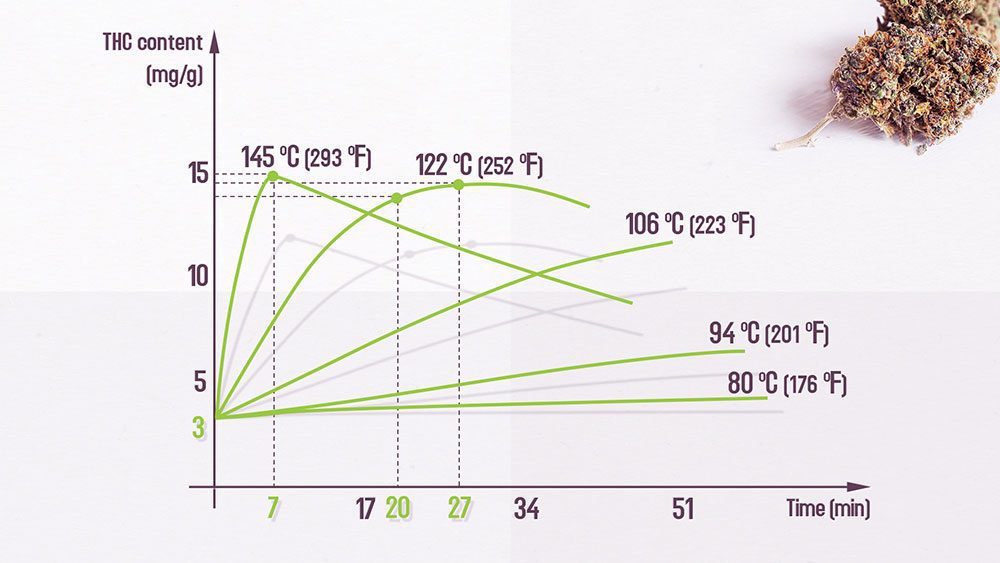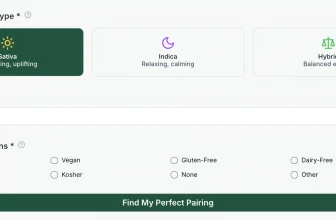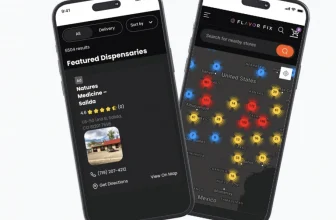
Learning how to decarboxylate weed is one of the most important part of making edibles. Our decarbing guide below breaks this process down. Enjoy.
What is Decarboxylation?
Decarboxylation is the heating process that makes cannabis a potent additive for infusion (to food, or beverage, oil, and so on)…some would say it’s magical.
Why Decarb?
To put it plainly, it is a necessary step if you’re trying to make some hella potent edibles. Once you decarb your weed you should try some of our amazing cannabis recipes.
- Cannabis Infused Avocado Oil
- Cannabis Infused Piña Colada Smoothie
- Cannabis Infused Southwest Quinoa Recipe
- Cannabis Infused Flatbread Pizza Recipe
When do you Decarb?
Before you grind, and before you cook/infuse your cannabis plant. This is the main, super stealthy step behind bad ass edibles that you may not hear everyone talk about.
How does Decarbing work?
By heating the raw cannabis plant there is a chemical reaction to the temperature, at which it releases a carboxyl group and becomes psychoactive.
More specifically:
We are applying heat to the herb, converting THCA* (raw component in cannabis) to THC** (activated component in cannabis that will make you high).
*THCA (Tetrahydrocannabinolic acid) is the active component in raw cannabis, and it’s not a psychoactive compound by default.
Once converted, **THC (Tetrahydrocannabinol) enables the elevated effect you are looking for.
Chemistry of decarboxylation: THC and CBD
When cannabis is in its raw state the Cannabinoids have an extra carboxyl ring in their molecular structure. Two of the most prevalent cannabinoids are THC and CBD.
During decarboxylation, the extra carboxyl group is removed and the chemical structure is altered by the heat.
The molecule will release a carboxyl group after adequate heat has been applied to bud. In turn, that carboxyl group gets replaced with a hydrogen molecule.
And with CBD it works just the same. This is because both CBD and THC acids are carboxylic acids which alter directly when the temperature rises.
These complex carboxylic acids are unique in that the temperature is the only stimulus needed to modify the molecular structure.
Decarboxylation Chart
Remember this is all science, and as with any other chemical process, there are proper steps to take in order for chemical compounds to change their structure.
Decarbing is a delicate, simple process that boils down to balancing two major elements, temperature and time. This where you will learn that with a little time and heat you can create a lasting result.
Best way to monitor this balance is with some data. See the chart below of specific reactions at specific temperatures.
The decarboxylation chart above identifies how you can reach the desired THC by heating the cannabis at a specific temperature for a set period of time in the oven.
According to the data, the strain represented can reach 15% THC content by baking it for seven minutes at almost 300°F (148°C)—or for twenty minutes at 250°F (121°C) .
How to Decarb Weed
Time to get down to the nitty gritty…Now that you’ve learned the science and the fact that decarboxylating cannabis is a necessary step if you want edibles that are potent af, we can break down how simple it really is. Keeping in mind there are several ways, depending on the temperature and the time we bake.
A good rule of thumb and the easiest way to decarboxylate bud is to bake it at a relatively low temperature for about 22-30 minutes.
Step by Step Guide:
- Preheat the oven to 220-250℉. Base temperature off standard conventional oven. Personally, I like to keep it at 225℉, you don’t ever want to risk burning.
- Break up your cannabis into smaller buds. But do NOT grind it, just break it into smaller chunks and don’t over break.
- Spread the cannabis chunks out on a baking sheet, making sure there are no overlapping pieces of bud.
- Bake at roughly 230-250℉ for 25-30 minutes. Be sure not to open the oven too often.
- When you are over 20 minutes, check the color of your cannabis – Decarbed cannabis should change its color from green to light/medium brown and should be very dry. If it’s not, put it back in the oven for an extra 5 minutes. You must monitor this so it doesn’t burn. Can’t emphasize enough, you do not want to overcook and potentially waste product.
- Remove cannabis from the baking sheet onto something else and allow it time to cool. The dry, cooked bud can be very crumbly, so be wary of a mess.
Make it Easy – Buy a Decarber & Infusion Device
Decarbing is science, but not brain surgery, so if you find all of this to be too much there are other options out there. There are also some great Decarbs now on the market, like the one from Ardent, which is a black, female-owned business, who brought us our personal favorite, the Ardent FX. Both options are mechanical wonders for decarbing and infusing and will get the job done fairly quick, but for a few hundred more than it would cost to use your oven. Especially since we’ve had a lot more time at home on our hands.
GO TIME: Time to Use Your Decarbed Cannabis
Now your cannabis is at a higher potency and can be used for traditional (or non) methods of consumption: butter, oil, edibles, tinctures, pain salves, smoking, or you can even eat the bud (although, not the best tasting)!
Once your cannabis has cooled down sufficiently, you can grind it as you like and store in an air-sealed container until use.
If you’re going to use your decarbed weed in smoothies or drinks, you should continue grinding until it’s in a powder state. I recommend a food processor or Bullet for best results. But if you’re looking to cook some food or desserts, there is no need to grind it further.
As for me, I personally like to use my decarbed bud in my Levo immediately for infused coconut oil. This machine is equipped to handle the buds as they are, unground. But I’ll also use my decarbed bud to cook some stovetop cannabis infused oil, butter for a sauce or dressing, since the whole house will more than likely already have the beautiful aroma of delicious, cooked marijuana. The mimosa strain, Sour Diesel and Gelato are great to decarb.
Here’s a quick image of some before and after decarbed bud I made at home. In this particular batch I used shake and not whole nugs (but you get the idea), notice the color difference and cooked look of the flower. It is ready for use…and yes, those are my toes.
Learn more about CBD Products.







[…] […]
[…] […]
[…] https://flavorfix.com/guides/how-to-decarboxylate-weed/ […]